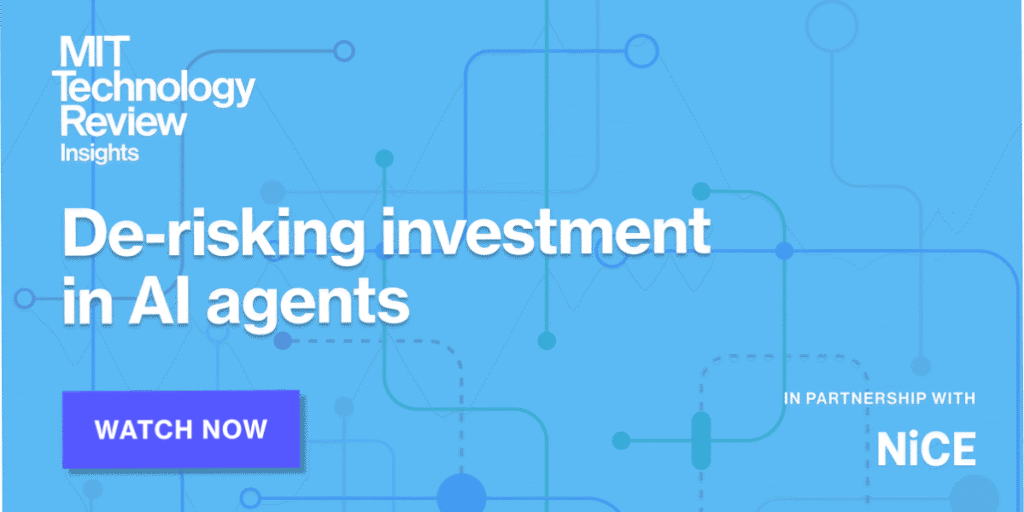The rapid evolution of artificial intelligence (AI) and automation technologies presents unprecedented opportunities for businesses, particularly small and medium-sized enterprises (SMBs) aiming to enhance customer experiences. However, this transition is accompanied by multifaceted challenges, primarily due to the shift from traditional deterministic systems to more complex generative models. This article aims to provide an analytical comparison of leading automation platforms, focusing on their strengths, weaknesses, costs, return on investment (ROI), and scalability, to help SMB leaders make informed decisions.
To begin, it is crucial to understand the core functionalities and differentiating factors of platforms such as Make and Zapier. Both tools enable users to automate workflows by connecting various applications and services, but they do so with distinct approaches. Make, previously known as Integromat, provides a highly visual interface for automation, making it appealing for those who prefer a more hands-on, graphical way to design workflows. Its capability to handle complex scenarios and data manipulations sets it apart, allowing users to create intricate automation chains without extensive coding knowledge.
On the other hand, Zapier is recognized for its simplicity and user-friendly design. It excels in enabling quick and straightforward automations (known as “Zaps”) that cater to a broad audience. While Zapier covers a vast array of integrations, it may fall short in scenarios requiring advanced data transformations or conditional logic, where Make shines. Therefore, for businesses with straightforward automation needs, Zapier may represent a more cost-effective solution. However, organizations that prioritize flexibility and complexity may find the added investment in Make justifiable.
In terms of costs, both platforms operate on tiered pricing models. Zapier’s pricing begins with a free tier that allows for basic automations, while Make typically requires a paid subscription for access to more sophisticated features. The ROI on these investments depends on the volume and complexity of tasks automated. Businesses can project significant savings from reduced manual labor, leading to increased productivity and operational efficiency. As such, the initial costs should be weighed against the long-term benefits realized through time savings and increased output.
Shifting focus to AI platforms, the comparison between OpenAI and Anthropic is essential for organizations looking to incorporate generative AI into their customer service frameworks. OpenAI has gained considerable attention with its advanced language processing capabilities, enabling businesses to create chatbots and virtual assistants that engage customers in meaningful dialogue. However, leveraging OpenAI may involve navigating usage costs, which can escalate based on volume and API access.
Conversely, Anthropic, while newer in the market, emphasizes ethical AI development, providing organizations with frameworks to ensure safety and transparency in AI applications. The key strength of Anthropic lies in its focus on creating AI that aligns closely with human values, potentially reducing ethical risks associated with deployment. The choice between OpenAI and Anthropic may hinge on organizational priorities—those centered around cutting-edge capabilities might favor OpenAI, while companies prioritizing ethical considerations may lean toward Anthropic.
The integration of these technologies also raises questions regarding operational scalability. As customer demands evolve, organizations must ensure that their chosen automation or AI platform can scale alongside business growth. Both Make and Zapier offer scalable solutions, but scalability might vary based on the nature of use cases. Companies that anticipate rapid changes in service dynamics may require a platform that not only adapts but also facilitates complex automations without substantial increases in operational costs.
Moreover, when looking into generative AI systems, the nuances of scalability become increasingly important. Companies must consider not only the technical capacity for scaling operations but also the ethical implications and cost management associated with increased utilization. Generative AI models, such as those offered by OpenAI and Anthropic, may leverage vast computing resources. Ensuring that these resources are allocated wisely is crucial for maintaining controllable operational expenses.
Verma’s perspective on the transformation of customer experience highlights another significant challenge facing organizations: balancing flexibility and safety. As AI systems become more non-deterministic, businesses must develop robust frameworks to mitigate risk while pursuing innovation. Implementing guardrails around AI functionalities—such as limitations on certain types of interactions—helps safeguard critical infrastructure while allowing creative applications of generative AI to enhance customer experiences.
To summarize, SMBs exploring AI and automation technologies must carefully assess their options based on specific business requirements. Platforms like Make and Zapier each have unique strengths conducive to different automation needs, whereas OpenAI and Anthropic provide diverse capabilities with varying degrees of ethical considerations. Understanding the ROI associated with these platforms, including the associated risks and scalability, is crucial for making informed choices that align with organizational goals.
Ultimately, the future of customer experience automation will be characterized by a deeper integration of generative AI within operational frameworks. Businesses that prioritize outcome-oriented design, ensuring tools function transparently and safely, will position themselves as leaders in a rapidly evolving landscape. FlowMind AI recommends that leaders not only assess current needs but also anticipate future technology trends to ensure seamless adaptability and sustained success.
In conclusion, businesses must view the selection of AI and automation platforms as a strategic investment that considers not only immediate operational efficiencies but also long-term ethical risks and scalability. By making informed decisions, organizations can unlock transformative capabilities that enhance customer experiences and drive growth.
Original article: Read here
2025-09-16 13:00:00

